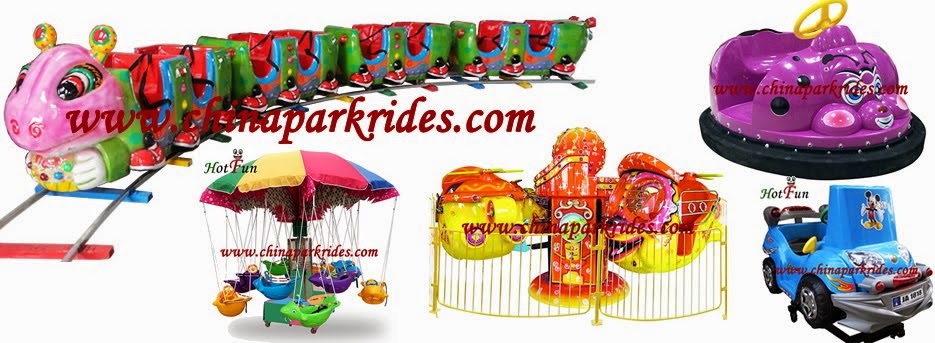Almost all theme park injuries can be prevented. With input from many Theme Park Insider readers, here are our top 5 tips to help you and your family stay safe when riding on amusement rides.
1. Don’t cheat
Don’t “cheat” or ignore these rules to get on ride where you don’t belong. You might think a ride looks tame enough for you. But sometimes there are potential challenges on a ride that most visitors can’t see — a hidden drop or turn, a sudden stop, or a portable ladder that riders will have to descend if the ride shuts down. Don’t think that you know more about a ride than the park does. If they tell you not to ride, don’t.
Don’t use lifts or other tricks to make your kids look taller than they are, either. Height and safety restrictions are there for a reason.
And don’t even think about cutting in line. Nothing provokes more fights and nasty exchanges in theme parks than impatient people who won’t wait their turn. It’s not worth getting thrown out of the park just to save a couple minutes in line. Don’t take it upon yourself to enforce the rules, though. If you see blatant line-jumping, please report it to the nearest employee at the ride or, if possible, a security officer.
2. Stay in to stay safe
On any theme park ride, keep your rear end on the seat, your hands on the grab bar, and your feet and knees inside the car. And don’t crowd others who might be exiting when you are getting on.
If there is no grab bar, keep your hands on your lap. If you are riding a “floorless” coaster, relax your legs and let them dangle underneath you. Don’t kick them out to the side or front.
If you are on a ride with a lap bar, seat belt, or safety harness, make sure that it is in place, snug, and locked. If the ride starts to move and your restraint is not in place, immediately yell for help.
Do not get on or off a ride until you’ve been given the okay by an attendant to do so. Make sure that your vehicle has stopped next to the unload platform before you get off. Often, vehicles stop short of the unload platform to wait for groups up ahead to exit.
3. Ride ‘er easy, cowboy
Some rides, especially roller coasters and simulator rides, can whip your head around, leaving you at risk for headaches as well as more serious head injuries. On those types of rides, sit in the middle of the chair and don’t slouch or lean to one side. Relax, but do not go limp. You want to keep your balance in the seat.
When the seat pitches you to the left, relax your torso and bend to the right to keep your head upright and centered. And vice versa. Think of riding a horse, or surfing. You want to ride the seat — not have it throw you around.
Many riders have reported it helps them to keep their eyes open and watch the track ahead on a roller coaster. This helps your body to adjust to the forces of the ride. If you pretend you’re “driving” the coaster, that extra sense of control can help you keep your balance and avoid nausea. (See How to Ride a Roller Coaster.)
Again, if you are prone to headaches, have any neck or back problems, or have been diagnosed with aneurysm, do not get on any roller coaster or simulator ride.
4. Help the kids!
If you are visiting with children, take a moment to explain the kiddie ride to them, and tell them how they should behave. They are depending upon you to keep them safe. Set a good example for them by following the rules above, and make sure that they know you expect them to follow those rules, too. Tell them to stay seated, to hold the grab bar or put their hands in the laps, and not to stick their knees and feet outside a ride vehicle. Make them look to you for the okay to get on or off a ride, too.
And never put a crying child on a ride. If your child starts to cry, let others pass you in line until your child is calm. Or, gently exit the queue and find something more relaxing to do. Young kids can’t keep an adult’s pace in a theme park. Let them take plenty of breaks.
Kids get tired. And tired kids make parents even more tired. When you are tired, you are more likely to get hurt, either physically and emotionally. Consider a mid-day break, perhaps a swim or nap back at the hotel, to avoid mid-day heat and crowds.
5. Alert staff about problems
If you see something wrong — a broken restraint, a person jumping the line, or anything else that could jeopardize the safety of a park guest — alert a park employee immediately. They are there to help keep you safe. So help them when you can, too.
What safety advice would you like to share with other theme park visitors? Tell us in the comments.

没有评论:
发表评论